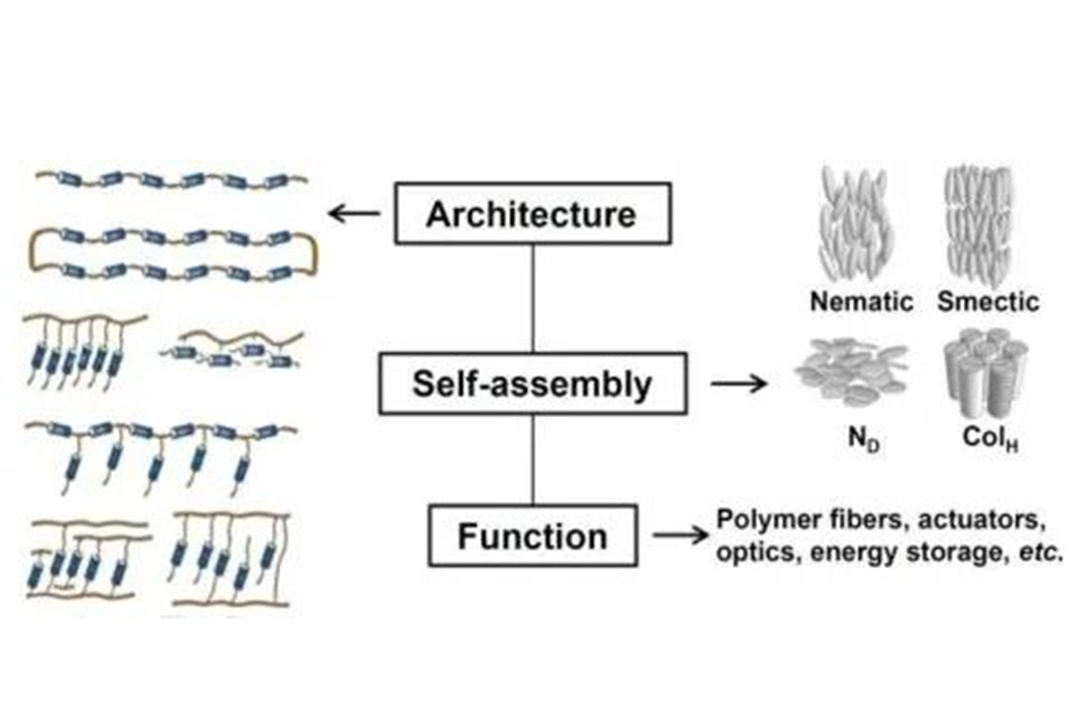1. Polymer Liquid Crystal

Liquid crystals are substances in a special state, neither typically solid nor liquid, but in a state in between. Their molecular arrangement is somewhat orderly, but not as fixed as solids and can flow like liquids. This unique property makes liquid crystals play an important role in display technology. Liquid crystal molecules are composed of long rod-shaped or disk-shaped structures, and they can adjust their arrangement according to changes in external conditions such as electric field, magnetic field, temperature, and pressure. This change in arrangement directly affects the optical properties of liquid crystals, such as light transmission, and thus becomes the basis of display technology.
2. LCD Main Types
TN LCD(Twisted Nematic, TN):This type of LCD is usually used for pen segment or character display and has a lower cost. TN LCD has a narrow viewing angle but is responsive, making it suitable for display applications that need to be updated quickly.
STN LCD(Super Twisted Nematic, STN):STN LCD has a wider viewing angle than TN LCD and can support dot matrix and character display. When STN LCD is paired with transflective or reflective polarizer, it can be displayed directly without backlight, thereby reducing power consumption. In addition, STN LCDs can be embedded with simple touch functions, making them an ideal alternative to physical button panels.
VA LCD(Vertical Alignment, VA): VA LCD features high contrast and wide viewing angles, making it suitable for scenes that require high contrast and clear display. VA LCDs are commonly used in high-end displays to provide richer colors and sharper images.
TFT LCD(Thin Film Transistor, TFT): TFT LCD is one of the more advanced types of LCDs, with higher resolution and richer color performance. TFT LCD is widely used in high-end displays, providing clearer images and faster response times.
OLED(Organic Light-Emitting Diode OLED): Although OLED is not LCD technology, it is often mentioned in comparison to LCD. OLEDs are self-illuminating, offering richer colors and deeper black performance, but at a higher cost.
3. Application
LCD applications are wide, including but not limited to:
Industrial control equipment: such as the display of industrial control system.
Financial terminals: such as POS machines.
Communication equipment: such as telephones.
New energy equipment: such as charging piles.
Fire alarm: used to display alarm information.
3D printer: used to display the operation interface.
These application areas demonstrate the versatility and breadth of LCD technology, where LCDs play an important role from low-cost basic display needs to demanding industrial and professional applications.
Post time: Nov-20-2024
 sales@hemoled.com
sales@hemoled.com +86 18926513367
+86 18926513367
